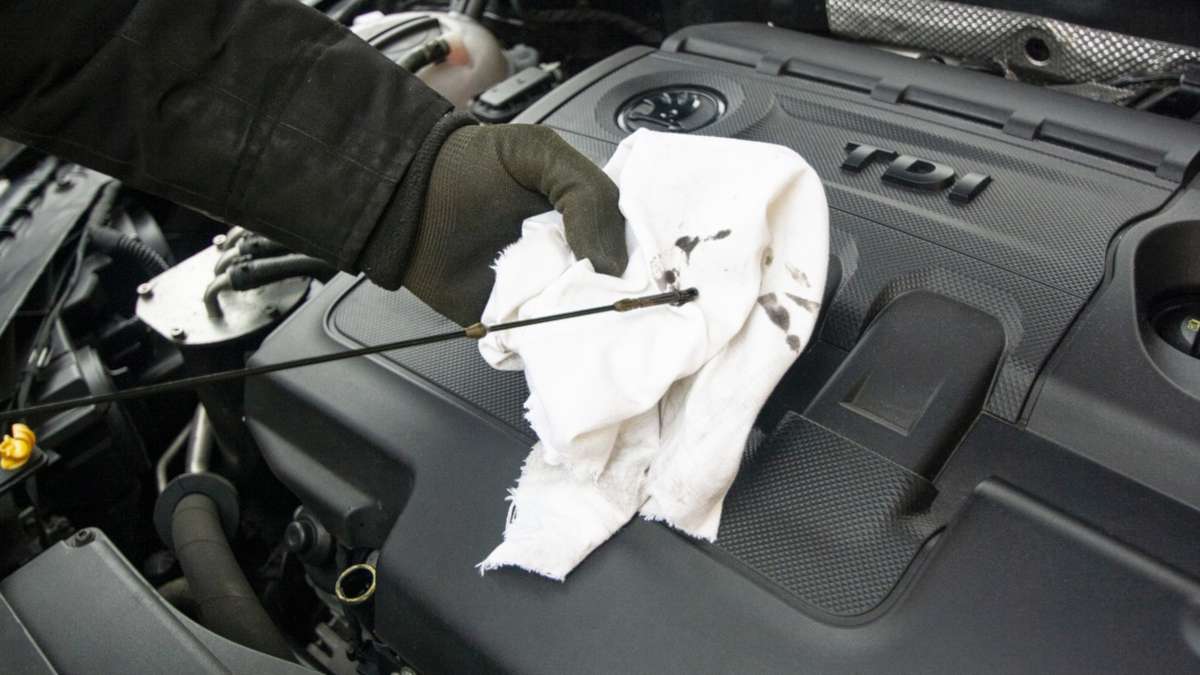
Car maintenance is a subject that concerns all drivers and vehicle owners. There are two types of maintenance: long term maintenance and short term or routine car maintenance. Both are very important, if you want to keep your vehicle in optimal condition. Many regard routine maintenance as insignificant, under the belief that by fixing only what’s broken, everything will be fine. So, they don’t bother with it so much. This is a false assumption, of course. If you skip any of these two types of service and checks, the vehicle won’t be properly maintained.
The importance of proper maintenance
Properly maintaining your vehicle is very significant on many levels. On one hand, the good condition of your vehicle can highly contribute towards preventing, and surviving an accident. On the other hand, by conducting routine maintenance, you might identify and fix a problem before the damage gets serious; and before you need to spend a ton of money to fix it.
Additionally, maintaining your vehicle and keeping it in good condition, can also help sell it at the highest resale price, when the time comes. One of the top things people look for when buying a used car, is if it has been serviced and maintained properly.
But what does routine car maintenance include? In this article we’ve gathered and analyzed some of the most important routine car maintenance procedures.
6 routine car maintenance procedures you can do yourself
1. Have a look at the car’s manual
Each vehicle has its own maintenance schedule. Upon purchase, you should receive a booklet along with your new vehicle. This booklet contains detailed info about your vehicle. That information includes details about when the vehicle needs to be serviced, and what parts of it need to be checked each time around.
Reading that manual will give you a very good idea how to better take care of your car. If you’re having trouble finding your manual, don’t worry. For most vehicles you should be able to find your copy online. Especially if they were manufactured after 1996.
2. Inspect oil levels and the oil filter
The oil and oil filter need to be checked for status, quite often. It’s an easy process; and you can check your oil levels and filters all by yourself. In general, the oil should be changed every 5K-10K miles. But, if you don’t cover that amount of miles in a relatively short period of time, try to check its levels and filters once a month, all the same. That is, in case there’s a leak or excessive dirt and grime. These could damage your vehicle, if they stay in there for too long.
3. Other fluids matter as well
Your vehicle uses many different fluids to run smoothly. Make sure that brake, coolant and transmission fluids are at good levels. Also, make sure that periodically checking them becomes a part of your routine car maintenance. It’s not difficult to do it yourself, but be sure to read your manual first. Some of these fluids might need extra care and safety precautions when handling them.
4. Replace your air filters
Keeping your air filters well maintained brings many benefits to both your vehicle and yourself. If they’re kept clean, your car will produce fewer deleterious emissions, fuel consumption will be more effective and your vehicle’s engine will live longer; pinky promise.
You can do this check by yourself. Just take a look at your manual and find out where exactly the air filters are located in your vehicle. You should be able to also find information about how often you should replace them.
5. Check tires on a monthly basis
You should check your tires and tire pressure (your spare tire, too), at least once a month. What you need is ensure they’re kept in good condition and inflated within specifications. You can find the right amount of pressure in the owner’s manual. Also, keep in mind that the pressure of your tires might change depending on the temperature and weather conditions.
6. Have a look at your battery
Although batteries don’t need excessive maintenance, you should have a quick look at it once in a while. Make sure there aren’t any battery fluid leaks and the contacts are kept clean. Most batteries will last about 4 years.
Use technology to notify you when it’s time for maintenance
Another good idea is to let technology help you with all that. Find a solution to keep track of your maintenance. Veturilo is a vehicle management, not a maintenance management service; not yet, at least. But, it can still give you some basic information about your vehicle’s status.
Veturilo connects with your vehicle using an ODB II device. The device reads the logs on the ECU, translates it in a language you can understand and gives you valuable information regarding your vehicle’s mechanical status. That is, along with other diagnostic data, as well as fuel, battery and engine temperature levels. You may also use Veturilo to track your mileage, so you know exactly when it’s time for your routine car maintenance.


